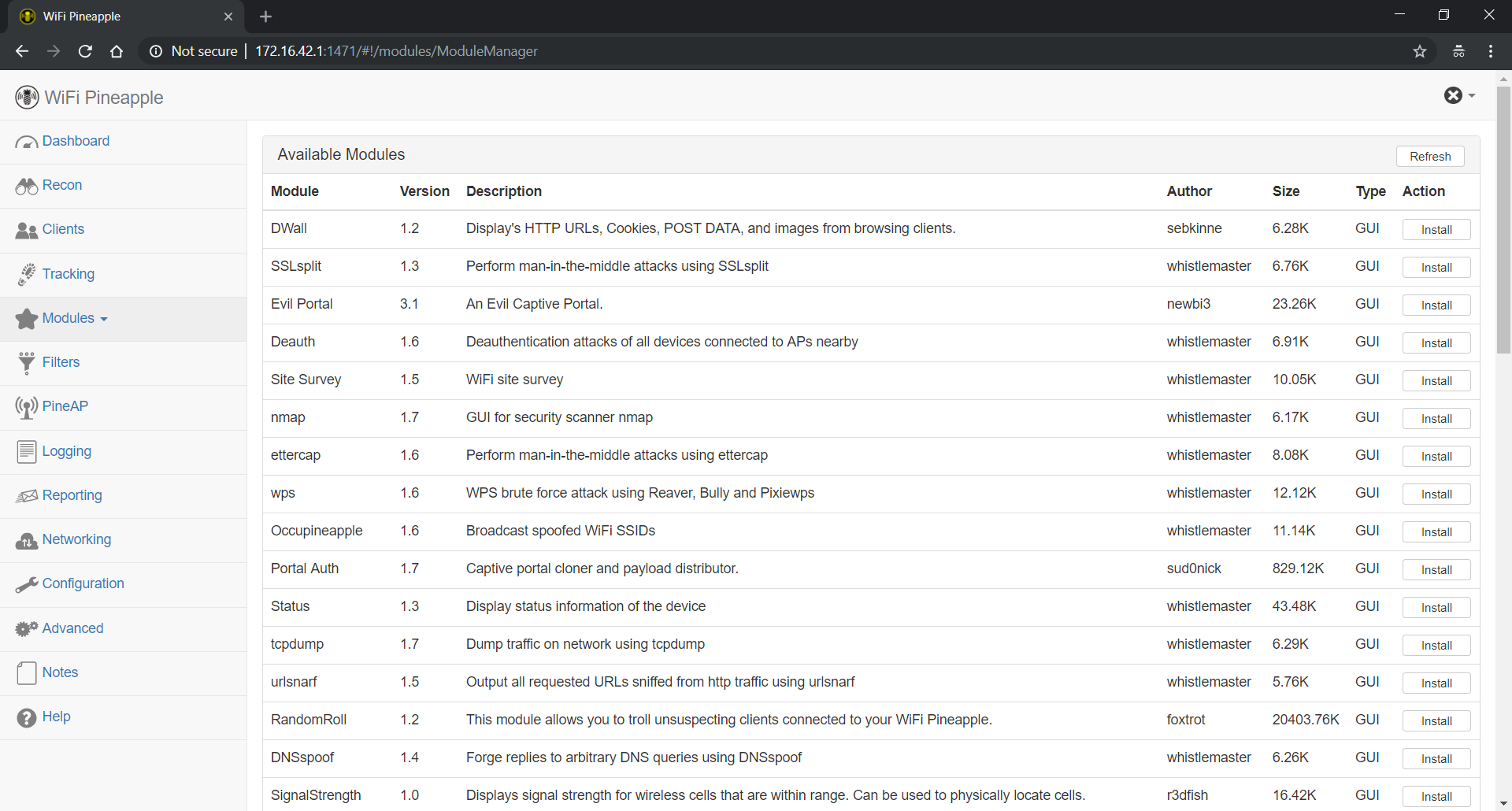

To begin let us login with SSH and snoop around a bit do some recon on the device software. All commands and screenshots will be taken from the Tetra. It should be noted that I did in fact purchase a WiFi Pineapple Tetra for research and this blog post.

From the OpenBSD website: "OpenBSD strives to provide code that can be freely used, copied, modified, and distributed by anyone and for any purpose." Therefore, Hak5 is completely allowed to distribute and modify the code that lives on top of their device. It seems that all of the open source tools are licensed using the OpenBSD copyright. In order to address the use of open source tools inside of a product that is being sold and how the legality works for that. In reality these devices are built on top of a myriad of open source tools and we have the ability to confirm these suspicions because Hak5 was kind enough to provide SSH access to the device. Building on the simple probe request and response nature of Karma, PineAP takes the attack to the extreme. So why does the Pineapple need to be better? Hak5 claims they make Top Pentest Devices, but what makes them the Top Pentest Devices? The claim is that the PineAP is a highly effective rogue access point suite for the WiFi Pineapple. The second device is the Pineapple Nano which is half the cost starting at $100 USD and features only a 2.4 GHz chipset. The Tetra is the more expensive of the two options starting at $200 USD and features a dual band 2.4/5 GHz chipset that will allow for a wide range of testing. The Pineapple Nano and the Pineapple Tetra. There have been several generations of upgrades to the Pineapple device and are now split further into two categories of devices. That sounds very impressive, but when you consider there really are not any other direct competitors of the Pineapple it is easy to say that you are the best. The device is described on Hak5's website as the leading rogue access point and WiFi pentest toolkit for close access operations. The first question we must ask is "What is a Pineapple?". Which is the overall topic of today why the Pineapple is bad, and how to make a better WiFi Pineapple with Open Source tools. As time has passed the allure of the Pineapple has passed, and as a hacker I have to consider that it could be done in a better way. I even wrote my own article back in 2018 on how to capture handshakes using an open-source module in the Pineapple. I felt like every blog post I read about the WiFi Pineapple discussed the features and promises of what the device could do.


 0 kommentar(er)
0 kommentar(er)
